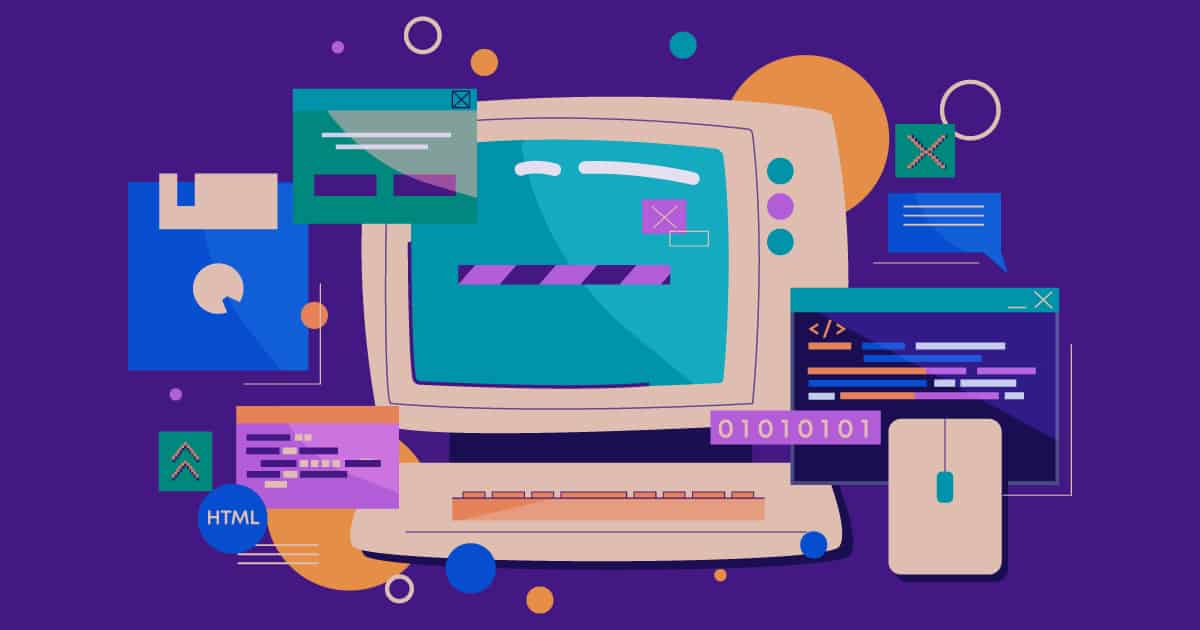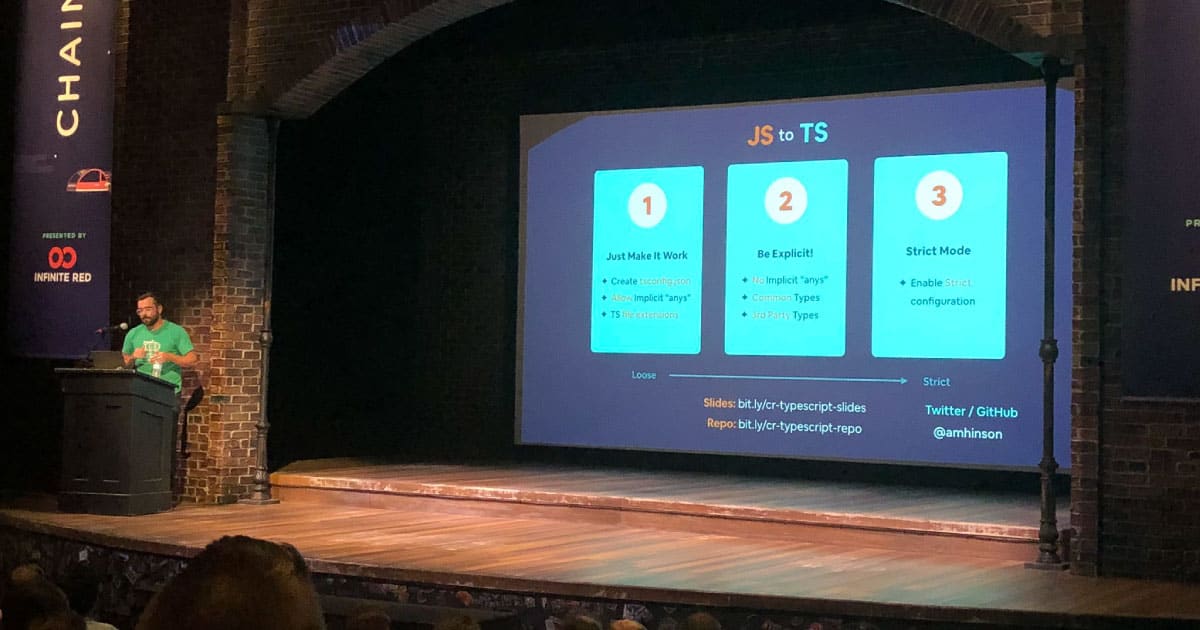“Ruby on Rails? That’s soooo 2000’s!” Yet as Mark Twain famously said, “The reports of my death are ...
- Code (35)
- Tech (32)
- Leadership (27)
- Best Practice (21)
- UX Design (18)
- Airship News (14)
- Industry (14)
- Birmingham (11)
- Process (11)
- Products (11)
- Ruby (7)
- Tools (7)
- Hiring (6)
- React Native (5)
- Open Source (4)
- DEI (3)
- Maintenance (3)
- Uncategorized (3)
- Accessibility (2)
- Git (2)
- User Research (2)
- Mobile (1)
Content updated October 2021. If you’re an entrepreneur or business leader looking to bring a ...
Due to recent events in America, we have started to evaluate some terms that are very readily used ...
Earlier this month (July 2019), Trent Kocurek spoke to the Innovate Bham class about what it's like ...
Alex Hinson presented the following as a Lightning Talk at the 2019 Chain React conference, which ...
Imagine this: You spend all your time working to design, develop, test, and deploy your application ...
You’re invited to join us for a FREE React Native Primer workshop! Learn the fundamentals and get ...
I recently had to update the SSL Certificate on an Openfire XMPP Server running on Digital Ocean. I ...
Lessons in parenting from programming principles (or vice versa) Tell, don’t ask I have been ...
When I was little, my mom often made the mistake of asking me to get some ingredient for her out of ...

Start with: What problem are you trying to solve?
One of the activities we work through revolves around refining your problem statement. A problem statement is the key business problem that needs to be solved. In software development, it states “what has to be done” for a project to succeed. It does not say, “how it has to be done.”
We use the 5W’s + 1 H format as well as the SMART Framework when establishing a problem statement. In fact, you can draft your own problem statement by using our free download. This download will get you thinking through some of the questions and answers prior to starting your project.






